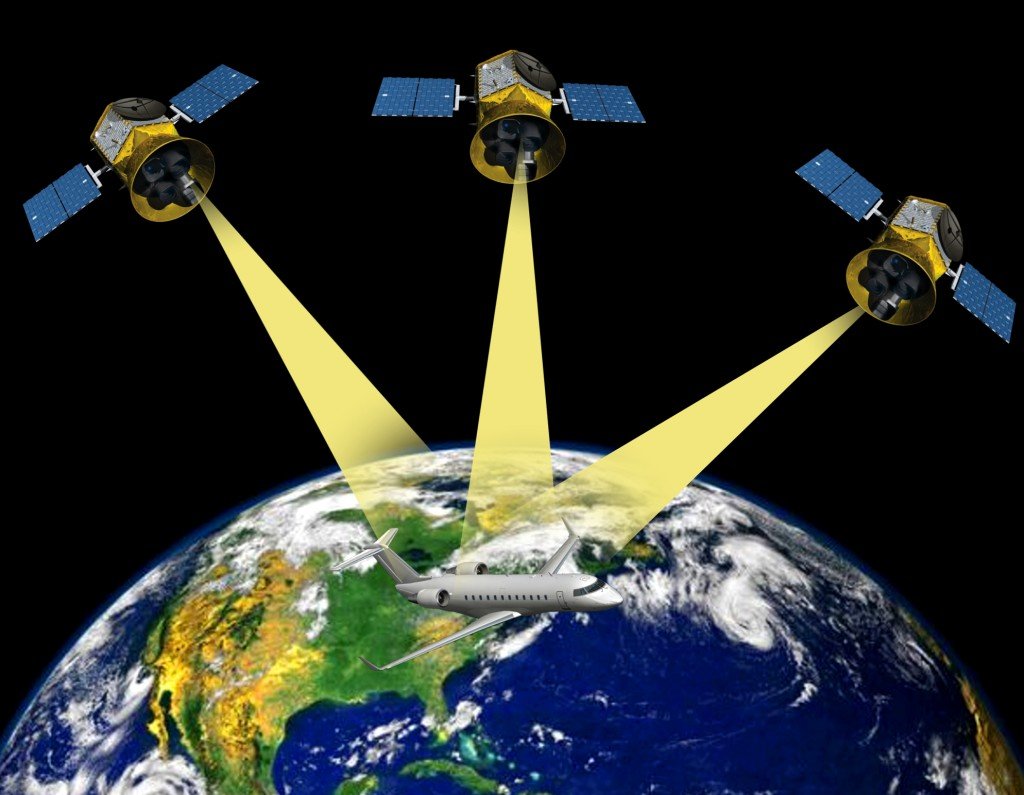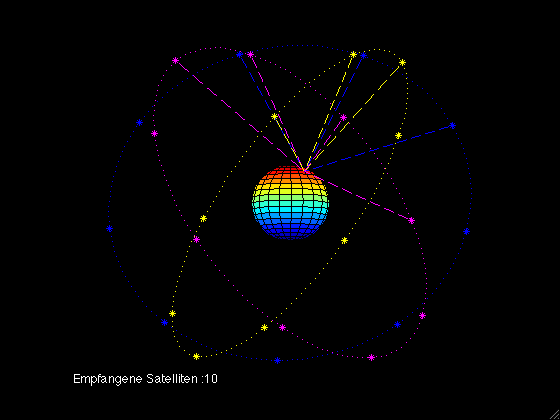Table of Contents (click to expand)
Satellite navigation systems use a global network of satellites that transmit and receive radio signals. The satellites have onboard atomic clocks that are incredibly accurate. The time information is placed in the codes broadcast by the satellite, allowing receivers to continuously determine the time when the signal was transmitted.
In today’s modern world, no place can really be called unfamiliar. Even while traveling in another country, you can stride around with confidence. This confidence is obviously fueled by the smartphones we have in our pockets. This wasn’t the case before the early 2000s when satellite navigation systems were still controlled and exclusively enjoyed by governments and armies. The question is, how did such a highly coveted technology become a useful boon to the masses? Before we get to that answer, let’s take a look into the inner workings of satellite navigation.
The Function Of The Satellite Navigation System
The satellite navigation system is composed of a global network of satellites that transmit and receive radio signals. The exact number of satellites that make up this global network is 32. There are two main divisions in the international satellite scheme. One is GPS, which was developed and is currently operated in the USA. The Russians also developed something similar to GPS known as the GLONASS. Both have offered the free use of their systems to the international community.
The current GPS systems offer users accuracy within 7.8 meters of a target location close to 95% of the time. This accuracy is guaranteed for all places on and near the earth. To accomplish this arduous task, the 32 satellites emit signals to receivers (which may be your smartphone or GPS navigation tablet) to determine their location. The difference between the time it takes for the signal to be emitted by the satellite and for the satellite to receive a signal back from the receiver is tightly calculated and used to determine exactly where the receiver is located.

GPS satellites have onboard atomic clocks that are incredibly accurate. The time information is placed in the codes broadcast by the satellite, allowing receivers to continuously determine the time when the signal was transmitted. This signal is also known as a time stamp signal. The timestamp signal is a signal that a receiver uses to compute the locations of the satellites. This is also used to make corrections to the calculations, which may occur due to the constant change in the position of the satellite. Also, using the timestamp signal to calculate the receiver can calculate the range of the satellites. Conversely, by being able to estimate these parameters, the receiver can compute its own three-dimensional position. This is the basis of how a satellite navigation system works.
Also Read: What Is A Satellite Navigation System?
Error Handling
Now, we know that any system performing work is prone to some amount of error. There are many factors that can contribute to this level of error, but we will look at some of the errors that escalate quite quickly. The first error that occurs in satellite navigation is due to the ionosphere. The ionosphere extends from 60 km to 2000 km above sea level. The reason this region plays a significant role in potential error is that it has an appreciable number of free electrons. These free electrons have a noticeable effect on the electromagnetic waves that pass between the satellite and the receivers. The error due to the ionosphere is much less when the satellites are directly overhead than when they are near the horizon. This is because, near the horizon, the number of layers of the ionosphere increases between the satellite and the receiver.
The next errors that generally occur are errors in time. Even very small errors in time can cause major complications. A 1 nanosecond time lapse of the atomic clocks onboard the satellite will cause a 1 foot or 30 cm difference to the receiver. For a global system that forms the bedrock of a lot of our technology today, such errors are not acceptable.

The next way in which time has an effect, although not in such an intuitive way, is through the infamous theories of Einstein. The special theory of relativity argues that the atomic clocks tick ever so slightly slower than the clocks that remain stationary on the ground. This is because time becomes slower as one moves faster (as speed tends towards the speed of the light). Even though the atomic clocks onboard the satellite travel nowhere close to the speed of light, their relative speed to the stationary clocks on Earth makes them experience time a tad bit slower than the time experienced by the clocks on Earth. This is where the general theory of relativity kicks in, stating that the clock closer to a massive object will move faster than a clock that is far away. The time delay is significantly greater by about 21.9 microseconds per day.
Combining both, it is estimated that there is an approximate 38-microsecond delay. If this error were left unaccounted for, it would lead to a 10 km per day pseudo-range error that would render the whole system useless from the start. The correction for this is quite a simple solution. It is “fixed” by lowering the frequency of the atomic clock onboard the satellite from 10.23 MHz to 10.2299999543 MHz exactly, which cancels out the effects of relativity.
So, the next time you use your GPS or GPS-dependent device, you can appreciate the amount of math and engineering that has gone into it to make life simple and reduce your chances of getting lost every time you leave your house!
Also Read: How Does Global Positioning System (GPS) Work?
How well do you understand the article above!

